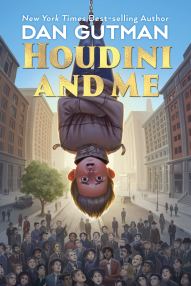 Houdini and Me by Dan Gutman, 2021
Houdini and Me by Dan Gutman, 2021
Recommended for grades 4-6; Fantasy, historical fiction
Brief Review:
Eleven-year-old Harry Mancini lives in the same house once inhabited by Harry Houdini, which is probably why he knows so many biographical details and fun facts about the famous escape artist. But he never expected to be tricked by Houdini himself. After a moment of poor judgement lands him in a week-long coma, Harry finds a flip phone among his get-well gifts and starts getting text messages from Houdini. Houdini is curious to know if he’s still famous a century after his death, but he soon reveals that he wants to ask a lot more of Harry. He wants to perform a “metamorphosis” and switch places with him. Harry is transported back to 1921 where, as Houdini, Harry must perform an escape stunt. Later, Houdini wants to repeat the switch, but this time, it’s going to be permanent. And he’s not taking no for an answer. Gutman’s portrayal of Houdini as an “egomaniac” with no regard for Harry’s life is a little concerning, as it probably doesn’t accurately reflect the character of this real historical figure. Aside from that, this book is a fun read, although the reading level is a little too low and it’s a little too short to fully explore the escapism theme. This slightly spooky time travel adventure may have some appeal for fans of those genres and reluctant readers, but I wouldn’t recommend it very highly to a more general audience.
Long Review:
Eleven-year-old Harry Mancini lives in the same New York City house once inhabited by the famous escape artist Harry Houdini, which is probably why he knows so many biographical details and fun facts about Houdini. The book opens with an expository chapter that includes some of Harry’s knowledge about his idol, (the shared first name, he says, is a coincidence) and foreshadows the supernatural elements of the rest of the story.
One day, while Harry and his best friend Zeke are hanging out at their favorite park together, Zeke persuades Harry to try putting some coins on a nearby train track to see them get flattened. Predictably, their stunt goes wrong and lands Harry in the hospital. He wakes up from a week-long coma to find get-well cards and gifts, including a flip phone that doesn’t seem to actually have service. His mom had always refused to let him have a cell phone, so Harry keeps the mysterious gift a secret. Then he finds out that his otherwise nonfunctional phone is evidently haunted by Harry Houdini. Late at night, Harry and Houdini text back and forth.
At first, Houdini seems to be simply curious about life in the 21st century, and in particular, he’s interested in knowing if he’s still famous. But Harry soon learns that Houdini has a more specific request. He wants to do a “metamorphosis” like the magic trick he used to do with his wife Bess, but this metamorphosis will be far more elaborate. He persuades Harry to switch places with him for an hour. Harry spends an hour in 1921 as Houdini and Houdini spends an hour in modern New York as an eleven-year-old boy. But what Harry didn’t realize is that his hour as Houdini would include performing an escape stunt. So when Harry is safe and sound back in his own body in the 21st century, he refuses to repeat the switch. Houdini isn’t going to take no for an answer, though. He’s determined to pull his greatest escape stunt of all by escaping death. And this time, he intends for the “metamorphosis” switch to be permanent.
This fun time travel story is a little too short to fully explore its escapism theme, (although Houdini frequently points out that his escapes give people hope that they can escape from their own problems) and the book devotes far fewer pages to the actual Metamorphosis switch than to setting up the scenario. It’s a little too shallow and fast-paced for a lot of readers Harry’s own age, but will still hold plenty of appeal for slightly younger readers or for reluctant readers.
I also have some concerns about the way Houdini was portrayed. Although Gutman clearly did his research in terms of Houdini’s biographical details, he made the creative decision to portray Houdini as an “egomaniac” with no regard for Harry’s life. This is indeed backed up by some biographers, but it seems like a stretch (and an unethical one at that) to suggest that he would have been callous and narcissistic enough to manipulate Harry into sacrificing himself for the sake of Houdini’s ultimate escape.
This slightly spooky time travel adventure is worth reading for those who are fans of any of those genres, and it might be a good suggestion for a reluctant reader who needs something fast-paced and easy to read, but I wouldn’t recommend it very highly to a more general audience. Since Gutman is pretty popular, most public libraries and elementary school libraries would probably do well to get this book anyway, but if you’re just looking for gift ideas for a middle-grade family member, you might want to skip this one.
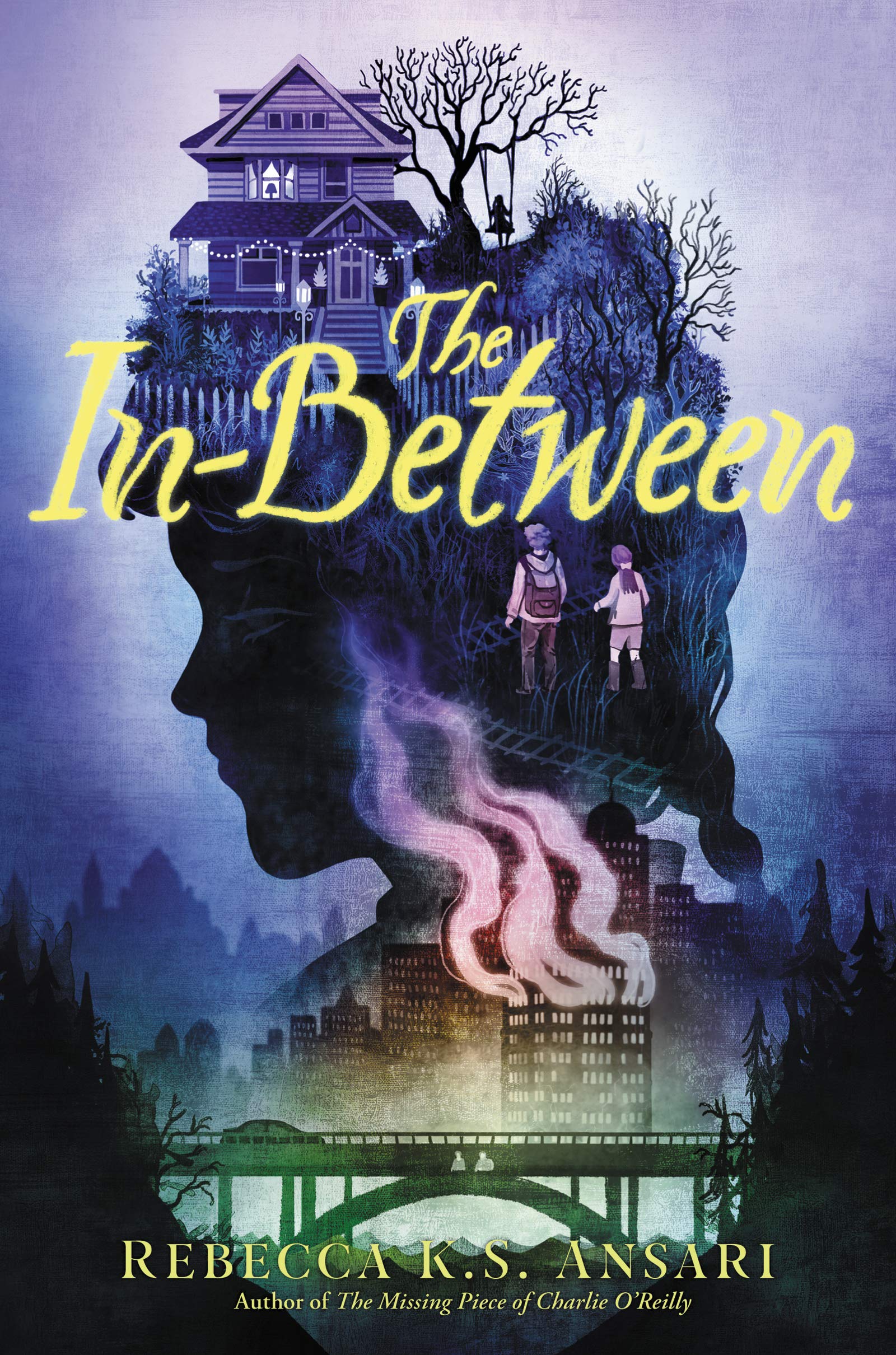 The In-Between
The In-Between 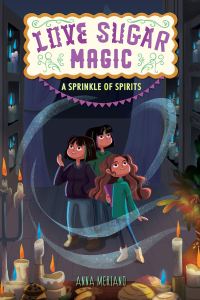 Love, Sugar, Magic: A Sprinkle of Spirits
Love, Sugar, Magic: A Sprinkle of Spirits 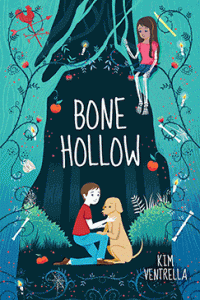 Bone Hollow
Bone Hollow 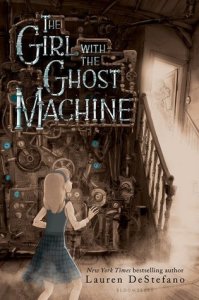 Twelve-year-old Emmaline wishes her father would unplug the machine in the basement, which he’s been working on for two years almost nonstop. He started it a month after his wife died, and he hopes it can bring her back, but he spends so much time alone with the machine that Emmaline feels she’s lost both her parents. Finally, Emmaline loses patience. In an attempt to destroy it, she tosses her tea into the machine. But the memories associated with that tea turn out to be the missing ingredient, and Emmaline’s mother shows up for long enough to make more tea. Emmaline tells no one except her best friends, Oliver and Gully. When the three of them experiment by bringing back first a fish and then a dog, Emmaline’s father and an elderly neighbor both find out, and both naturally want to use the machine. But there’s a high cost to use it; the memories used to activate the machine are gone forever. (The basic premise is very similar to that of The Remarkable Journey of Charlie Price by Jennifer Maschari, published in 2016) Much of this book is about the conflict that Emmaline and her father feel. Is a visit with a loved one worth the loss of precious memories? Emmaline and Gully don’t think so, but Emmaline’s father, Oliver, and the neighbors all think it’s fine to use the machine for one final goodbye. That winter, a new tragedy raises the question all over again. The book never specifies where or when it’s set, but all of the main characters have French last names, and since it makes reference to telephones but not computers, I’m guessing it’s set somewhere in the middle of the last century. I finished this book just a few days ago, and it’s among my favorites of the year so far. But as far as ghost stories go, it’s not scary.
Twelve-year-old Emmaline wishes her father would unplug the machine in the basement, which he’s been working on for two years almost nonstop. He started it a month after his wife died, and he hopes it can bring her back, but he spends so much time alone with the machine that Emmaline feels she’s lost both her parents. Finally, Emmaline loses patience. In an attempt to destroy it, she tosses her tea into the machine. But the memories associated with that tea turn out to be the missing ingredient, and Emmaline’s mother shows up for long enough to make more tea. Emmaline tells no one except her best friends, Oliver and Gully. When the three of them experiment by bringing back first a fish and then a dog, Emmaline’s father and an elderly neighbor both find out, and both naturally want to use the machine. But there’s a high cost to use it; the memories used to activate the machine are gone forever. (The basic premise is very similar to that of The Remarkable Journey of Charlie Price by Jennifer Maschari, published in 2016) Much of this book is about the conflict that Emmaline and her father feel. Is a visit with a loved one worth the loss of precious memories? Emmaline and Gully don’t think so, but Emmaline’s father, Oliver, and the neighbors all think it’s fine to use the machine for one final goodbye. That winter, a new tragedy raises the question all over again. The book never specifies where or when it’s set, but all of the main characters have French last names, and since it makes reference to telephones but not computers, I’m guessing it’s set somewhere in the middle of the last century. I finished this book just a few days ago, and it’s among my favorites of the year so far. But as far as ghost stories go, it’s not scary.